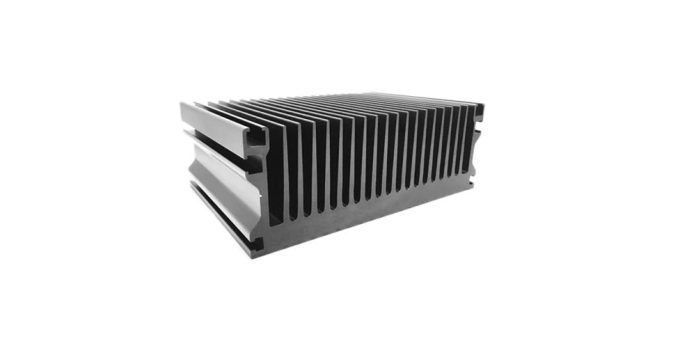To successfully regulate the high temperatures that the equipment generates, the cooling systems of all electronic equipment must have a heat sink. Extruded heat sink profiles have several advantages when it comes to shielding any device along with a number of other variables.
In general, heat sinks need high-performance processing, which calls for the use of a material like aluminum which is highly advised. Heat sinks constructed of extruding aluminum can be created using high-pressure die-cast aluminum or drawn aluminum alloy welding, depending on the characteristics of the design.
With over ten years of expertise in the heat sink industry, Kingka is a reputable customized aluminum heat sink producer & supplier in China. Kingka is one of the major heat sink manufacturers and focuses on the manufacturing of aluminum heat sinks, LED heat sinks, copper heat sinks, etc.
Reasons for Choosing Kingka?
Kingka has invested in skiving, soldering, brazing, and liquid cold plate machines in addition to 35 sets of high-end CNC machines and accurate inspection and testing equipment in order to better serve customers and provide more high-quality and dependable management programs and products. Kingka also has a strong technology R&D team and a skilled sales team.
In heat sinks, a thermal conductor transfers heat from the heat source to fins or pins with a wide surface area, where it can dissipate across the remainder of the computer. For this reason, a heat sink’s surface area in contact with the surrounding cooling medium is designed to be as large as possible.
Therefore, factors such as air speed, the material, the protrusion design, and the surface finishing all affect how well a heat sink performs. The types, components, and architectures of heat sinks are examined in light of this fact.
Structures of Heat Sinks
Let’s take a closer look at the pin-fin heat sinks, plate-fin heat sinks, and cold plate’s types of heat sink structures.
Cold Plates
To meet the thermal requirements of some hot components, cooling performance is required in many electronic gadgets developed today. Medical equipment, fuel cells, battery coolers, motor drivers, and high-powered lasers, and other high-heat flux applications frequently use cold plates, including liquid cold plates.
By transferring heat from a device to a medium that flows to a remote heat exchanger and dissipates into the surrounding air or another liquid in a secondary cooling system, cold plates can provide localized cooling.
Pin-Fin Heat Sinks
An extrusion configuration with pins is present in pin-fin heat sinks. The core block of this construction is made of a collection of pins or rods that project upward or outward from its base.
The pins could be square, elliptical, or cylindrical, among other shapes. Pin-fin heat sinks have the advantage of being inexpensive, but they are not very effective in removing heat from many applications. In actuality, they are not as popular as fin heat sinks.
Plate-Fin Heat Sinks
A plate-fin heat sink has straight fins that give it a lot more surface area so it can absorb more heat energy. With this design, heat is transferred from the component to which the cooler is attached much more effectively and efficiently.
Plate-fin heat sinks offer a straightforward solution with no noise or power consumption, and they may be produced in a variety of ways for use in a wide range of applications, such as the exterior of mechanical housings and enclosures.
Final Wording
Heat sinks are frequently employed to cool parts and elements that generate heat while in use. Heat sink basically transfers the heat energy from the source of heat. For instance, computers, motors, and cars all make use of heat sinks. Heat sinks are frequently used in electronics to provide cooling for IT communications cooling, battery-pack cooling, and controller cooling for electric car applications.











